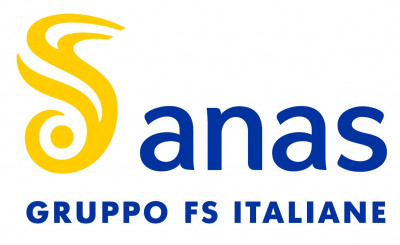Piazza Pia underpass - Display of Archaeological Finds
Implementing party

Project description
During the construction work for the Piazza Pia underpass, archaeological discoveries emerged that led to an unforeseen - and unforeseeable - increase in the project's overall costs. As a result, it became necessary to design and carry out interventions aimed at enhancing the relocated archaeological context, in accordance with the guidelines established during the final approval process of the project.
The excavation of the construction site led to the discovery of a fullonica, an open-air facility used for washing, treating, and preparing cloth and clothing. It was built during the height of the Imperial era (2nd–3rd century AD) atop a previously existing suburban imperial residence overlooking the Tiber. At the fullonica site, several basins used for washing and pressing were found, along with buried jars (dolia) intended for immersing fabrics in a cleaning solution.
The same excavation also uncovered remains of a wall made of travertine and tuff blocks, older than the imperial building, which appears to date back to the late Republican period. Its original function remains uncertain.
The display activities involve reassembling the restored artifacts—moved at the time of their discovery to allow construction of the underpass to continue—and creating an archaeological area in the gardens of Castel Sant’Angelo and within the Castle itself. This is intended to ensure the protection and appreciation of these archaeological finds while preserving their connection to the original site of discovery.
The allocated resources are a subset of the Piazza Pia Underpass project.
Status
Planning
Tender stage
Site
End of Work
Estimated completion date
Second Quarter 2026
Funding source
Jubilee
Amount allocated
1.670.000,00 €
Details of financing
€1.670.000 Jubilee (the amount is a part of the Piazza Pia Underpass project)





